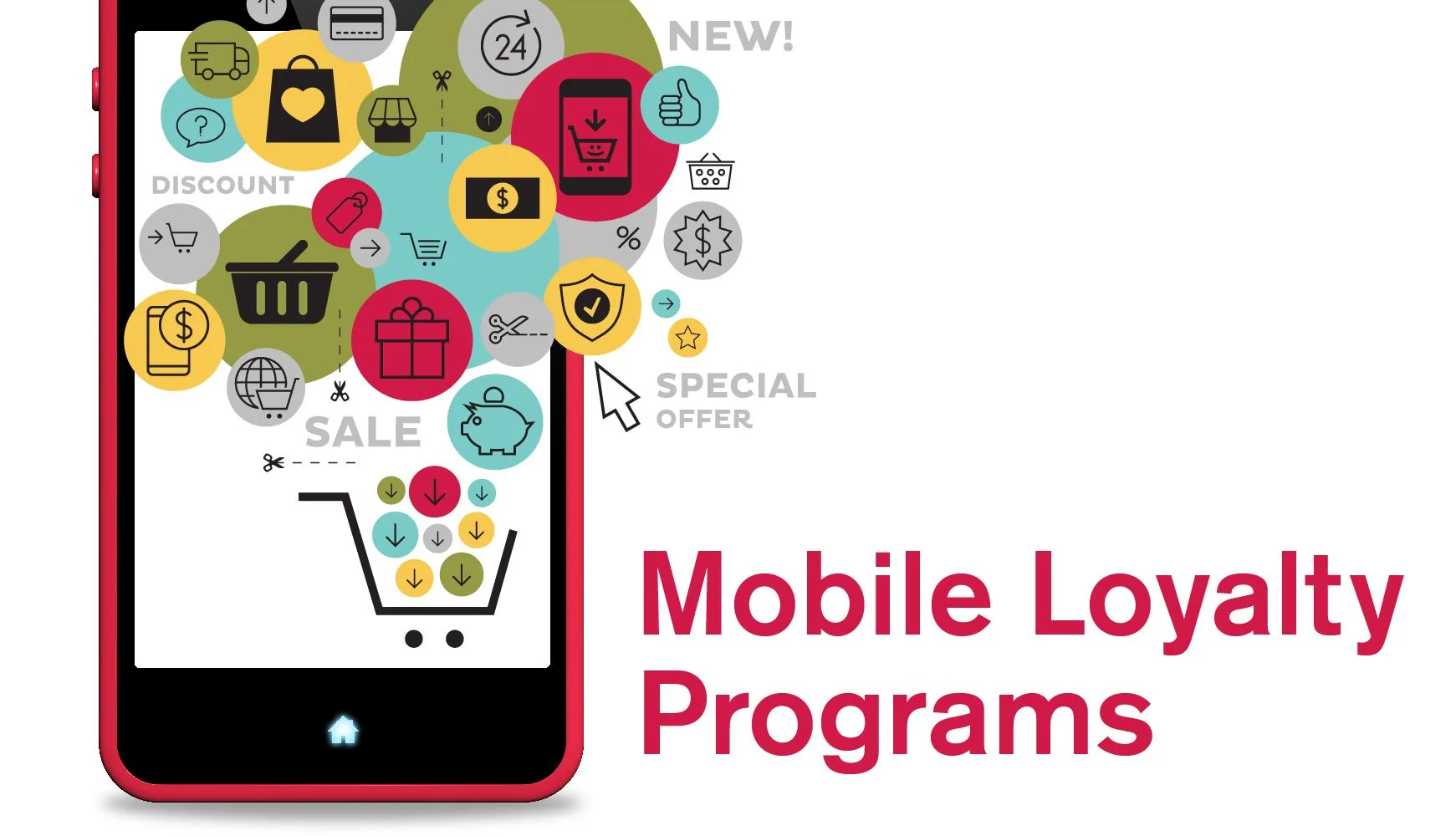In today’s competitive business landscape, brands constantly seek innovative ways to engage customers and foster loyalty. One powerful approach is tapping into the competitive spirit and reward-seeking nature of your customers through gamification. By integrating fun, game-like elements into your loyalty programs, you can significantly boost their effectiveness, increase brand awareness, and grow customer loyalty over time.
Studies indicate that 60% of customers are more likely to purchase from a brand with gamified elements, and customer engagement can increase by 48% with gamification. Let’s explore what gamification is and the benefits it brings to loyalty programs.
What is Gamification?
Gamification involves integrating game-like elements such as competition, rewards, and challenges into non-game contexts to enhance customer engagement. The primary goal is to motivate and engage individuals by tapping into intrinsic human desires such as achievement, recognition, progression, and competition. When applied to loyalty programs, gamification transforms mundane tasks into exciting experiences that encourage desired behaviors and actions.
Key Elements of Gamification
- Competition
- Leaderboards: Display top performers to foster a sense of competition.
- Challenges: Introduce tasks that customers can compete to complete.
- Rewards
- Points and Badges: Award points and badges for completing tasks or achieving milestones.
- Exclusive Offers: Provide special discounts or products as rewards for participation.
- Progression
- Levels and Tiers: Create levels or tiers that customers can progress through by engaging with the brand.
- Progress Bars: Show visual indicators of progress towards a goal.
- Recognition
- Achievements: Recognize and celebrate customer achievements publicly.
- Social Sharing: Encourage customers to share their accomplishments on social media.
Benefits of Adding Gamification to Your Loyalty Program
1. Increased Customer Engagement
Gamification transforms routine interactions into enjoyable and motivating experiences. By introducing elements of play, you can capture customers’ attention and encourage them to engage more frequently with your brand. The challenge and reward system keeps customers coming back, eager to complete tasks and earn rewards.
2. Enhanced Brand Loyalty
By providing a more engaging and enjoyable experience, gamification helps build a stronger emotional connection between your brand and your customers. This connection fosters brand loyalty as customers feel more invested in the relationship. The sense of achievement and recognition they experience through gamified elements reinforces their positive feelings towards your brand.
3. Boosted Sales and Revenue
Gamification can drive sales by incentivizing purchases and other desired behaviors. For example, customers may earn points for making purchases, writing reviews, or referring friends. These points can then be redeemed for rewards, encouraging repeat purchases and increased spending.
4. Improved Customer Retention
Gamified loyalty programs can significantly improve customer retention by making the customer journey more enjoyable and rewarding. The progression and rewards systems encourage customers to stay engaged with your brand over the long term, reducing churn rates and increasing customer lifetime value.
5. Enhanced Customer Data Collection
As customers engage with gamified elements, they provide valuable data on their preferences, behaviors, and interactions with your brand. This data can be used to refine your marketing strategies, personalize customer experiences, and improve overall program effectiveness.
6. Greater Brand Awareness
Gamification can increase brand awareness by encouraging social sharing and word-of-mouth marketing. When customers achieve milestones or earn rewards, they are more likely to share their accomplishments on social media, exposing your brand to a wider audience and attracting new customers.
Implementing Gamification in Your Loyalty Program
Step 1: Define Objectives
Identify the specific goals you want to achieve with gamification. These might include increasing customer engagement, boosting sales, improving retention, or enhancing brand awareness.
Step 2: Understand Your Audience
Analyze your customer base to understand their preferences and behaviors. This will help you design gamified elements that resonate with your audience and motivate them to participate.
Step 3: Choose the Right Game Mechanics
Select game mechanics that align with your objectives and audience preferences. Consider incorporating elements such as points, badges, leaderboards, levels, and challenges.
Step 4: Integrate Seamlessly
Ensure that gamification elements are seamlessly integrated into your existing loyalty program. The experience should feel natural and intuitive for customers.
Step 5: Monitor and Optimize
Regularly track the performance of your gamified loyalty program and gather feedback from customers. Use this data to make adjustments and improvements to ensure the program remains engaging and effective.
Conclusion
Gamification is a powerful tool for transforming customer loyalty programs into engaging, rewarding, and motivating experiences. By tapping into the competitive spirit and intrinsic desires of your customers, you can boost engagement, increase loyalty, and drive business growth. Embrace gamification in your loyalty programs to unlock new levels of customer satisfaction and brand loyalty.




